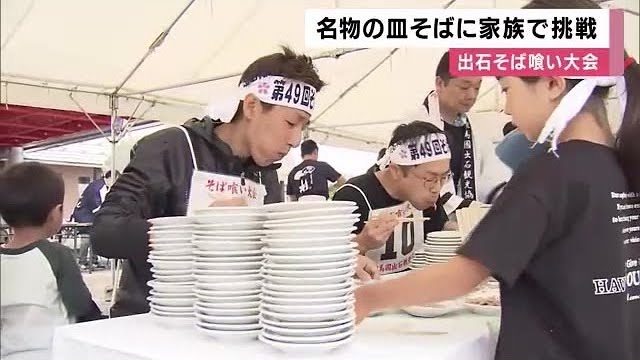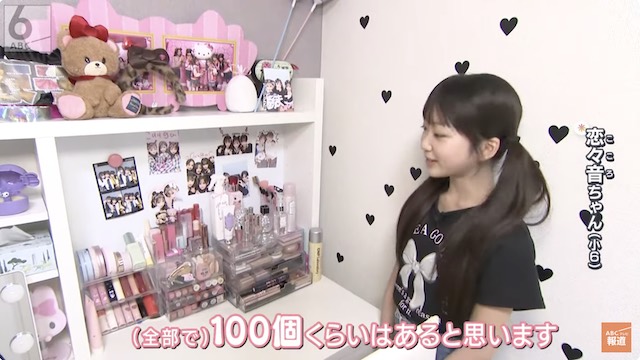Jan 03 (slurrp.com) - The first Japanese recipe for curry, "raisukare," was published in 1872, just a few years after the Meiji era began.
However, it wasn’t available to the larger local population. Curry had to be imported and was available only in expensive Western restaurants.
Japanese families make it at home, and kids grow up with this dish as a childhood staple. It’s made using curry blocks available for sale at stores across the land, though it is also available in curry powder form. Kare has been in Japan since the mid-1800s during the Meiji period, when the British brought it over. Kare Raisu is a thick curry sauce served with vegetables and meat (usually beef or chicken) and is influenced by British and Indian cuisines. But, like most things Japanese, it has taken on a wonderful form of its own and flourished. Kare is sweeter than Indian curry, and the gravy is thicker, almost glutinous.
The Japanese navy and most of the region were facing a number of cases of beriberi, a medical condition where lack of vitamin B1 (thiamine) causes problems in the nerves and could lead to paralysis or even death if left untreated. In the Meiji era and right up to the early 1900s, it was a feared disease. A Japanese naval officer, Kanehiro Takaki, showed that beriberi was caused by thiamine deficiency. Around the same time, "British traders and travelers wanted an easy way to recreate Indian-style dishes, resulting in the popularity of mulligatawny and country captain, as well as a booming industry in pre-made, all-purpose curry powder." Curry, at the time, was an all-encompassing term for a spicy dish with a thick gravy or sauce. When the Brits reached Japan, so did the curry. ...continue reading










